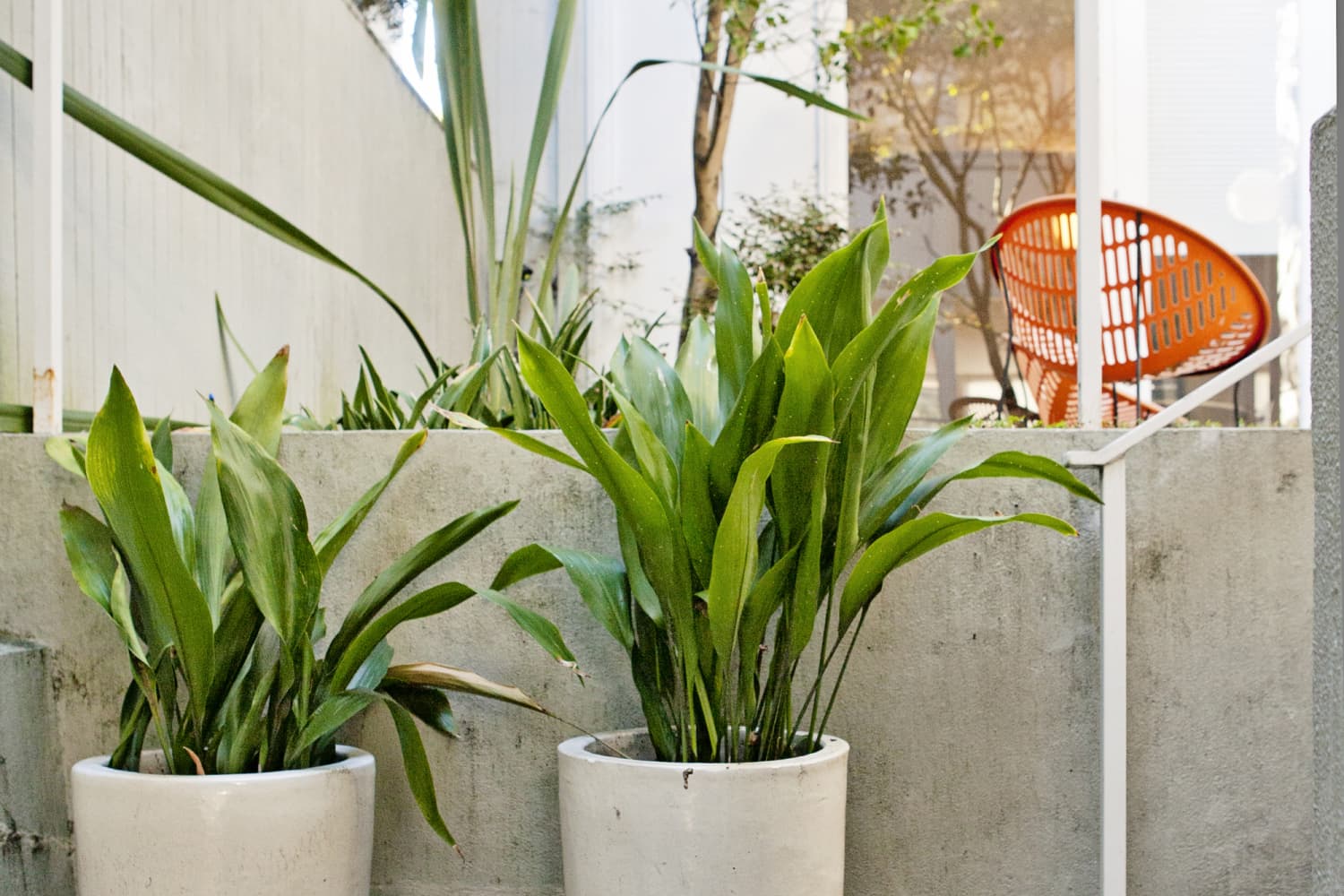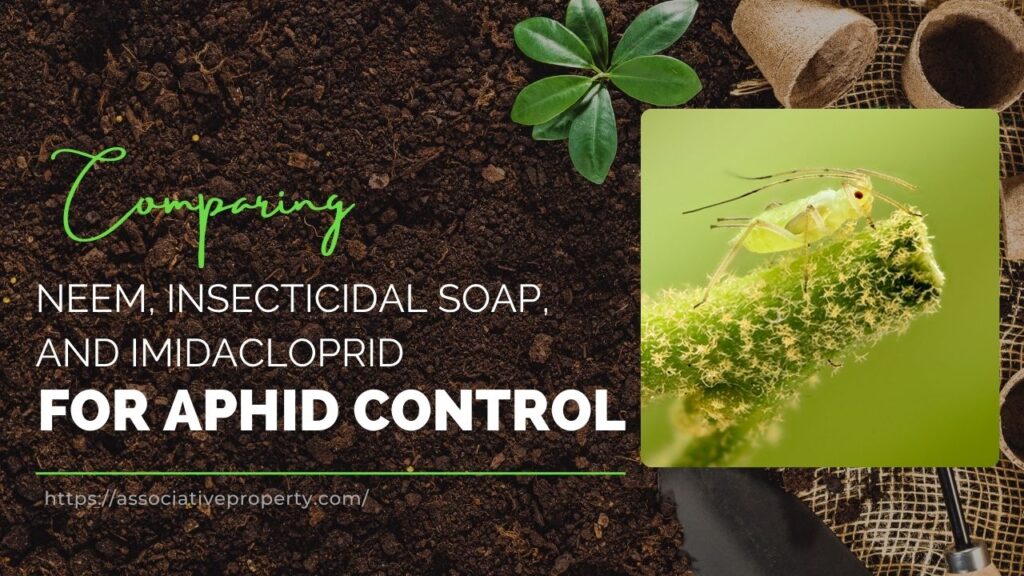I’m always getting asked how to make plant care simpler, how to enjoy a home full of plants without feeling overwhelmed. And honestly, the most important thing is understanding your space, the light, the conditions, and then choosing plants that won’t make you want to pull your hair out.
Today, I want to take you through ten of my favorite super easy houseplants. These aren’t your usual suspects either, I picked some slightly unusual ones that don’t get talked about enough.
So grab a cup of tea, and let’s get in.
Related: Top 10 Easy Vegetables to Grow at Home
| Plant Name | Scientific Name | Native Region | Light Requirement | Watering Frequency | Pet Safe? | Growth Rate | Max Size |
|---|---|---|---|---|---|---|---|
| Bird of Paradise | Strelitzia reginae | South Africa | Bright, indirect or direct light | Every 2–3 weeks (dry out first) | No | Moderate | Up to 6 ft (1.8 m) indoors |
| Aglaonema Silver Queen | Aglaonema commutatum | Southeast Asia | Low to bright, indirect light | Every 1–2 weeks | No | Slow to Moderate | 2–3 ft (60–90 cm) |
| Anthurium Pallidiflorum | Anthurium pallidiflorum | Ecuador | Bright, indirect light | 1–2 times a week (moist but not soggy) | No | Moderate to Fast | 2–3 ft long leaves |
| Euphorbia Ingens | Euphorbia ingens | Southern Africa | Full sun to bright light | Monthly or less (drought-tolerant) | No (sap toxic) | Slow | 6–8 ft (1.8–2.4 m) indoors |
| Sansevieria Bantel’s Sensation | Dracaena trifasciata ‘Bantel’s Sensation’ | West Africa | Low to bright, indirect light | Every 2–6 weeks | No | Slow | 2–3 ft (60–90 cm) |
| Philodendron Dean McDowell | Philodendron pastazanum × gloriosum (Hybrid) | Hybrid (no native region) | Medium to bright, indirect light | Weekly (dry out partially) | No | Fast | Crawling spread up to 4–5 ft (1.2–1.5 m) wide |
| ZZ Plant | Zamioculcas zamiifolia | Eastern Africa | Low to bright, indirect light | Monthly or less | No | Slow | 2–3 ft (60–90 cm) |
| Alocasia Regal Shield | Alocasia ‘Regal Shields’ | Hybrid (cultivated from Alocasia odora) | Medium to bright, indirect light | Weekly (keep slightly moist) | No | Moderate | Up to 6 ft (1.8 m) |
| Cast Iron Plant | Aspidistra elatior | Japan, Taiwan | Low to moderate light | Every 2–3 weeks | Yes | Slow | 2–3 ft (60–90 cm) |
| Philodendron Jose Buono | Philodendron Jose Buono | Colombia (origin unclear due to hybrid) | Bright, indirect light | Weekly | No | Moderate to Fast | Vine/climber, can grow several feet |
1. Bird of Paradise: My Jungle Vibe Hero

First up is one of my biggest plants, and definitely one of the hardest to move! My Bird of Paradise is a giant. Native to South Africa, it’s ridiculously easy to care for once you find the right spot for it.
This plant loves bright light, so if your home is a bit dim, you’ll probably need a grow light. Mine sits right by the window, though honestly, it would love even more sunshine. I don’t fuss too much about watering; I let it almost completely dry out between waterings. It’s incredibly drought-tolerant, a real winner if you want big, tropical vibes without daily maintenance.
One thing, though: dust those giant leaves! Dust can block light and affect its health. Also, don’t worry about the leaves splitting, it’s natural and helps the plant survive wind and rain in the wild.
2. Aglaonema Silver Queen: My Shiny Low-Maintenance Love

Aglaonema (or “Ag”) has been one of my absolute favorite plant groups for years. The Silver Queen variety is stunning, bright, dramatic, and tough as nails. It gives me the tropical beauty of Calathea without the drama.
I’ve never had pest issues with my Aglaonemas either, which feels like a miracle. However, they aren’t pet-safe, so if you have curious furry friends, keep them out of reach.
3. Anthurium Pallidiflorum: The Dreamy Strap-Leaf Star

The Anthurium Pallidiflorum was a wishlist plant for years. I finally got one at the start of the year, and it’s been one of the easiest anthuriums I’ve ever grown. With its velvet, strappy leaves and dramatic white vein down the middle, it’s a true showstopper.
It’s a fast grower, too. In just three months, it’s gone from two leaves to producing new ones almost non-stop. I grow mine in a nearly soilless mix of orchid bark, tree fern fiber, and perlite, mimicking its natural epiphytic conditions.
4. Euphorbia Ingens: The Spiky Wonder Taller Than Me
:max_bytes(150000):strip_icc()/how-to-grow-euphorbia-ingens-hero-355f296552ca41a2abfcbc8dbbeb43b0.jpg)
Next up, my Euphorbia Ingens. It’s now taller than I am, a cactus-like succulent that’s almost maintenance-free. It lives in my bedroom with medium-bright indirect light. Ideally, it would love full sun, but it’s adapted surprisingly well.
I water it once a month or even less. Just like the Bird of Paradise, overwatering is its enemy. And yes, cleaning this spiky giant can be tricky, but a quick dusting or occasional shower does the job.
5. Sansevieria Bantel’s Sensation: The Cool Snake Plant

Snake plants get called “boring” sometimes, but wait until you meet the Bantel’s Sensation variety! Thin, elegant leaves with silvery stripes, it’s gorgeous.
I keep mine near a bright window for now to encourage growth, but snake plants are famously adaptable. They’ll survive even in the darkest corners. Just like any succulent, let the soil dry completely before watering.
6. Philodendron Dean McDowell: The Crawling Beauty

My Philodendron Dean McDowell is enormous now. It’s a crawling type, not a climbing one, so it spreads across the ground rather than reaching upwards. Its huge pillowy leaves make such a statement.
Despite its dramatic appearance, it’s super easy to care for. Low to medium light suits it fine. I simply shower it when its leaves droop a little and fertilize it regularly when it’s actively growing. Being a hybrid plant makes it extra hardy too.
7. ZZ Plant: The Ultimate Set-and-Forget Greenery
:max_bytes(150000):strip_icc()/zz-plant-GettyImages-1387302222-e9e228907c3e4e4ea3481898c90d1a53.jpg)
Tucked away in my kitchen is my faithful ZZ Plant. I barely think about it, and it thrives. It’s incredibly drought-tolerant and can live in very low light, even surviving in my windowless hallway once upon a time.
Propagation is ridiculously easy, too — just pop a stem in water or moss, and you’ll have baby plants before you know it!
8. Alocasia Regal Shield: The Easy Drama Queen
:max_bytes(150000):strip_icc()/alocasia-regal-shield-care-guide-5521625-hero-2d34646102c64123bb905480964d47fc.jpg)
I know Alocasias have a reputation for being tricky, but the Regal Shield is different. It’s tough, resilient, and surprisingly easygoing.
I grow mine in semi-hydro (hydroponics) inside an old coffee jar, no worrying about overwatering! It sits about two meters back from a south-facing window and is thriving. Plus, those massive, dark green leaves with purple backs? Absolutely stunning.
9. Cast Iron Plant: The Indestructible Slowpoke

I sometimes forget to talk about my Cast Iron Plant because it grows so slowly, but wow, is it tough. It’s survived near darkness in my collection and still looks great.
If you’re impatient, maybe buy a slightly bigger one, but if you just want a super low-maintenance plant that handles neglect, this is your plant.
10. Philodendron Jose Buono: The Surprisingly Chill Variegated Star

Finally, my Philodendron Jose Buono, a variegated beauty that’s incredibly forgiving. I grew mine from a single cutting, and it’s exploded with growth. Every leaf looks a little different, which makes it so exciting to grow.
It’s tucked away in a low-to-medium light corner, with a little help from a grow light. I grow it in semi-hydro too, and honestly, it’s one of the easiest plants in my collection.
If you’re looking for easy, unusual houseplants that don’t demand constant attention, I can’t recommend these ten enough.
They bring me so much joy with very little effort, and honestly, isn’t that what we all want sometimes?
Related: Top 10 Easy Indoor Plants for Beginners (Or Not): My Personal List
FAQs: Best Plants to Grow At Home
1. How often should I fertilize these plants?
Answer: Fertilize monthly during the growing season (spring-summer) with a balanced liquid fertilizer. Reduce during fall and winter.
2. Can I keep these plants near a heater or air conditioner?
Answer: Avoid placing near heaters or air conditioners as fluctuating temperatures stress plants, leading to damage.
3. Do these plants need high humidity?
Answer: Most can tolerate average indoor humidity. Some (like Alocasia Regal Shield) prefer higher humidity, which can be increased with misting or a humidity tray.
4. What to do if my plant becomes leggy?
Answer: If plants become leggy, it’s often due to low light. Move them to a brighter spot or add a grow light.
5. How to deal with sap or thorns on some plants?
Answer: Wear gloves when handling plants like Euphorbia Ingens that have toxic sap or sharp thorns to avoid irritation.
6. How can I manage slow-growing plants?
Answer: Ensure adequate light, proper fertilization, and correct watering to encourage faster growth. Avoid overwatering.


